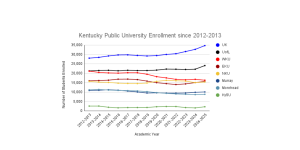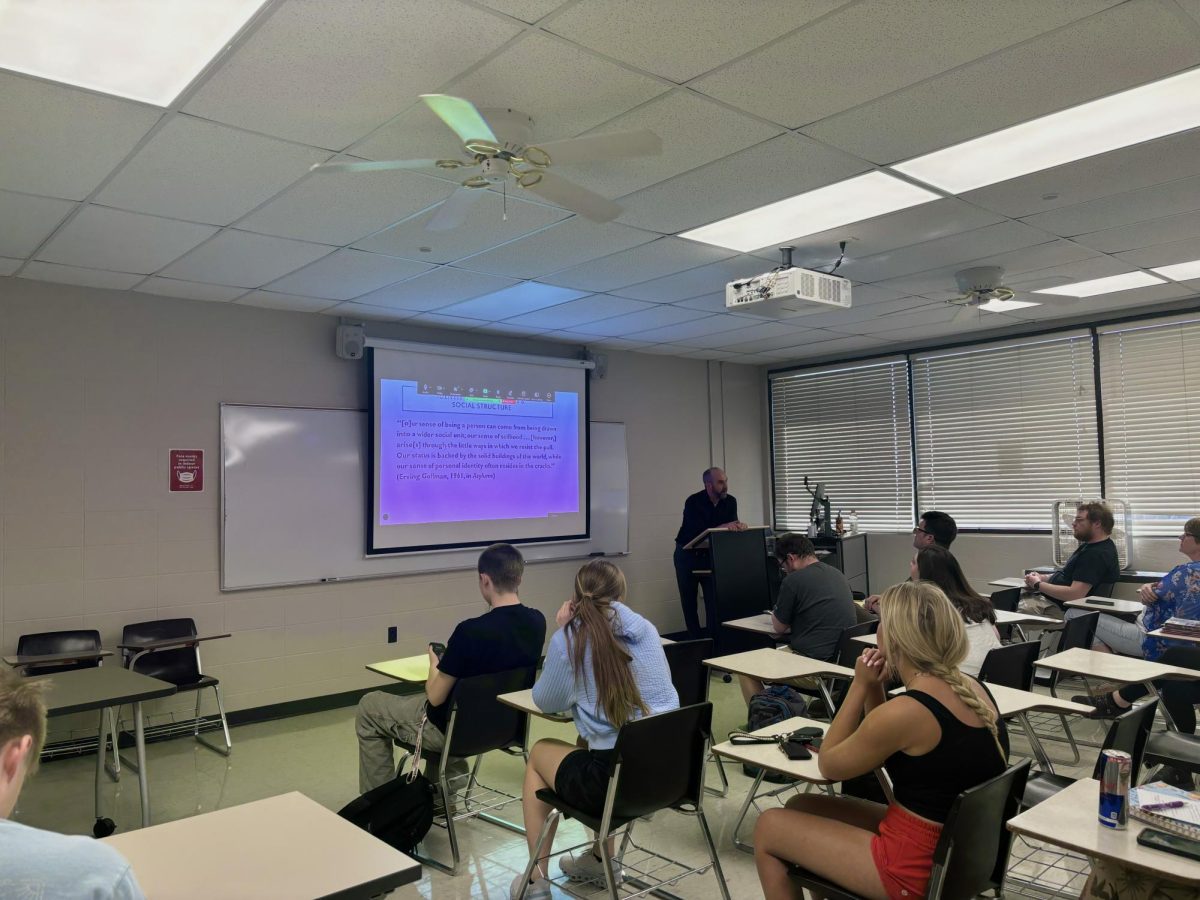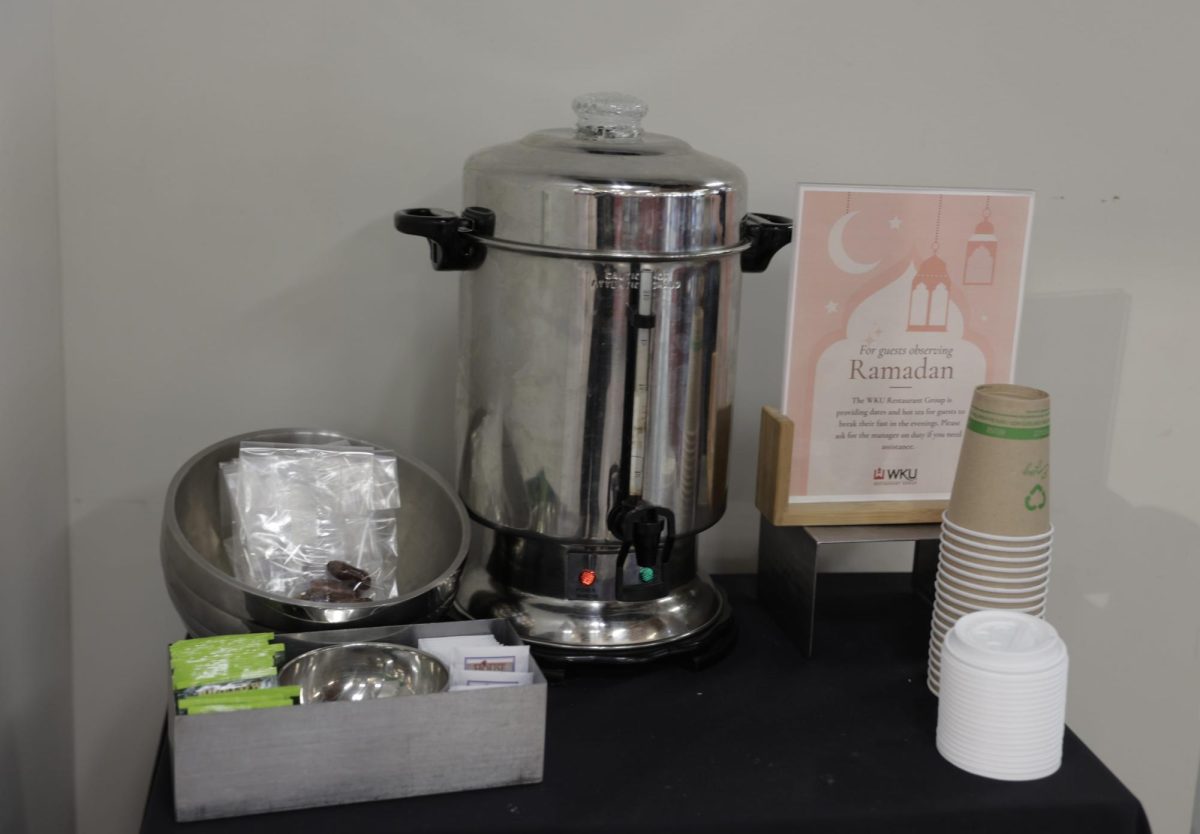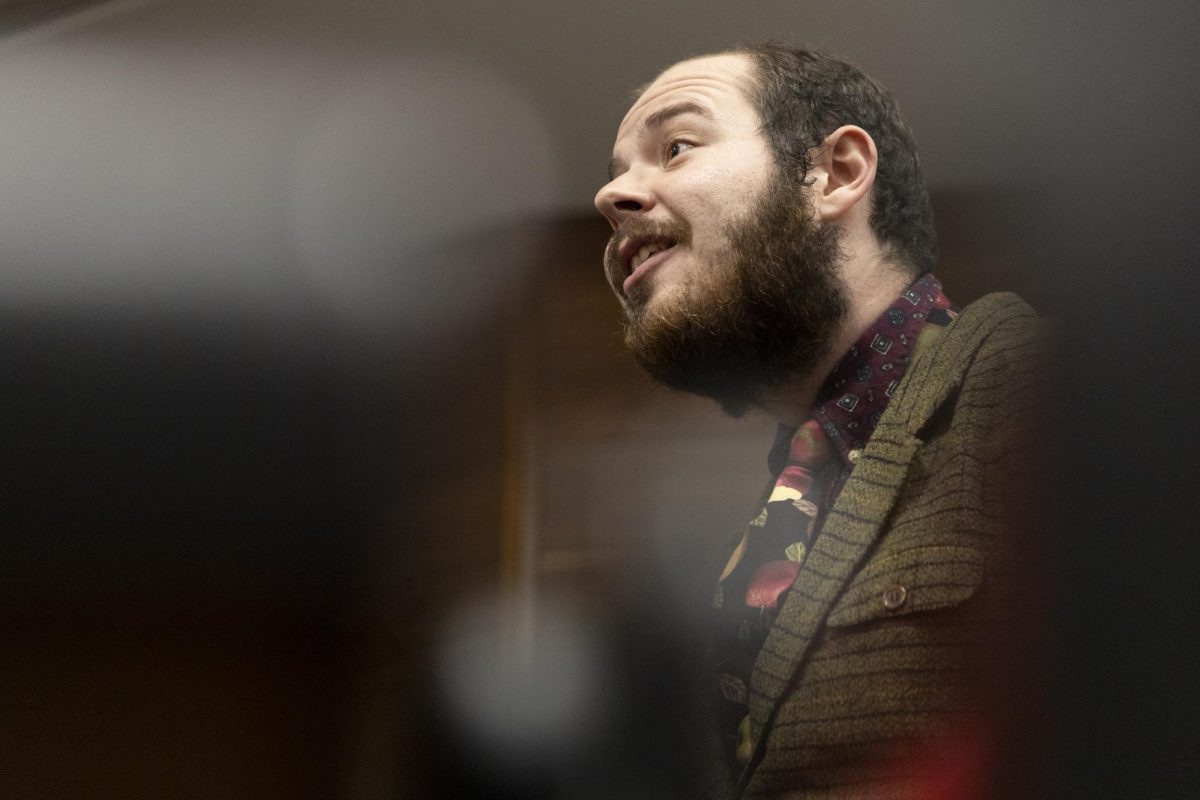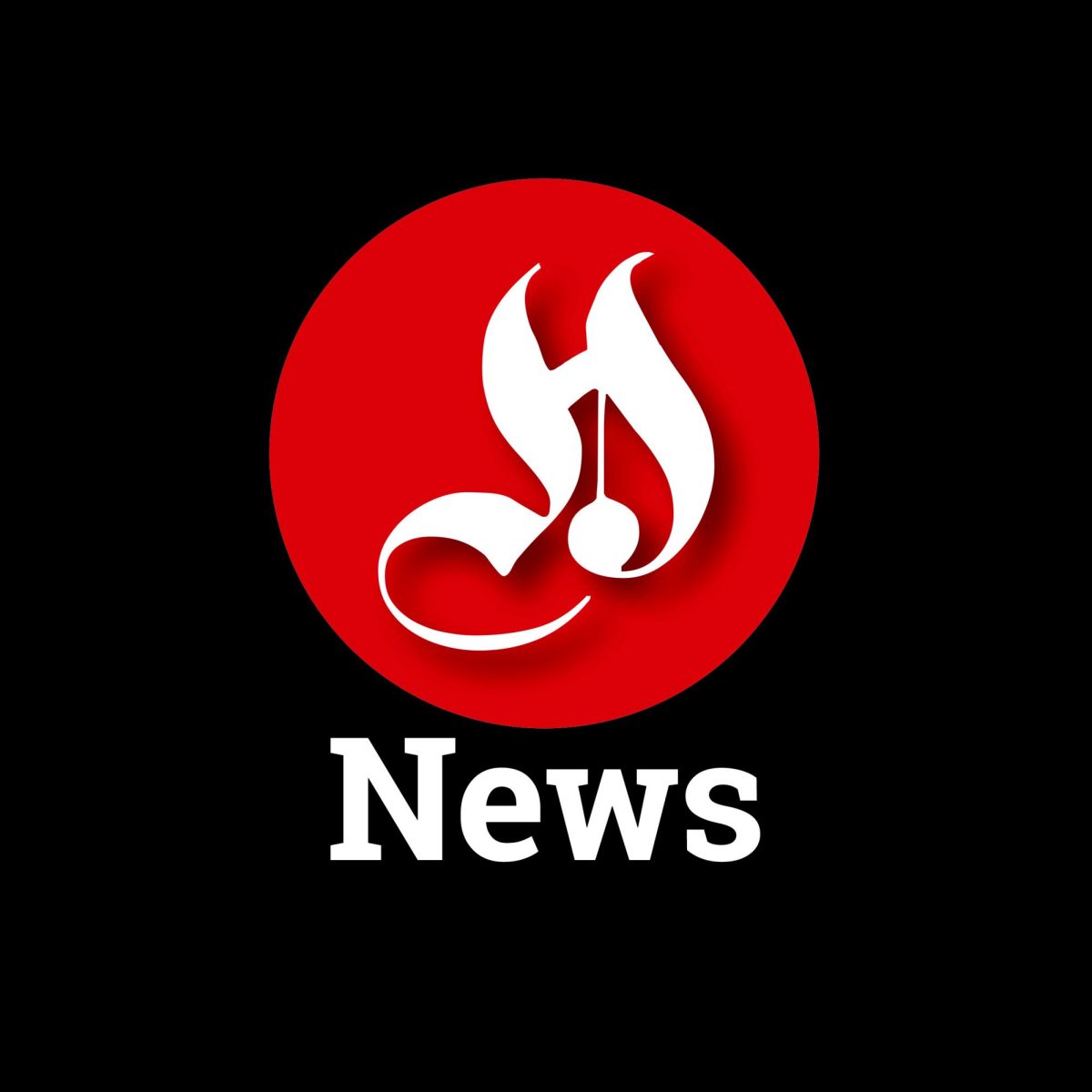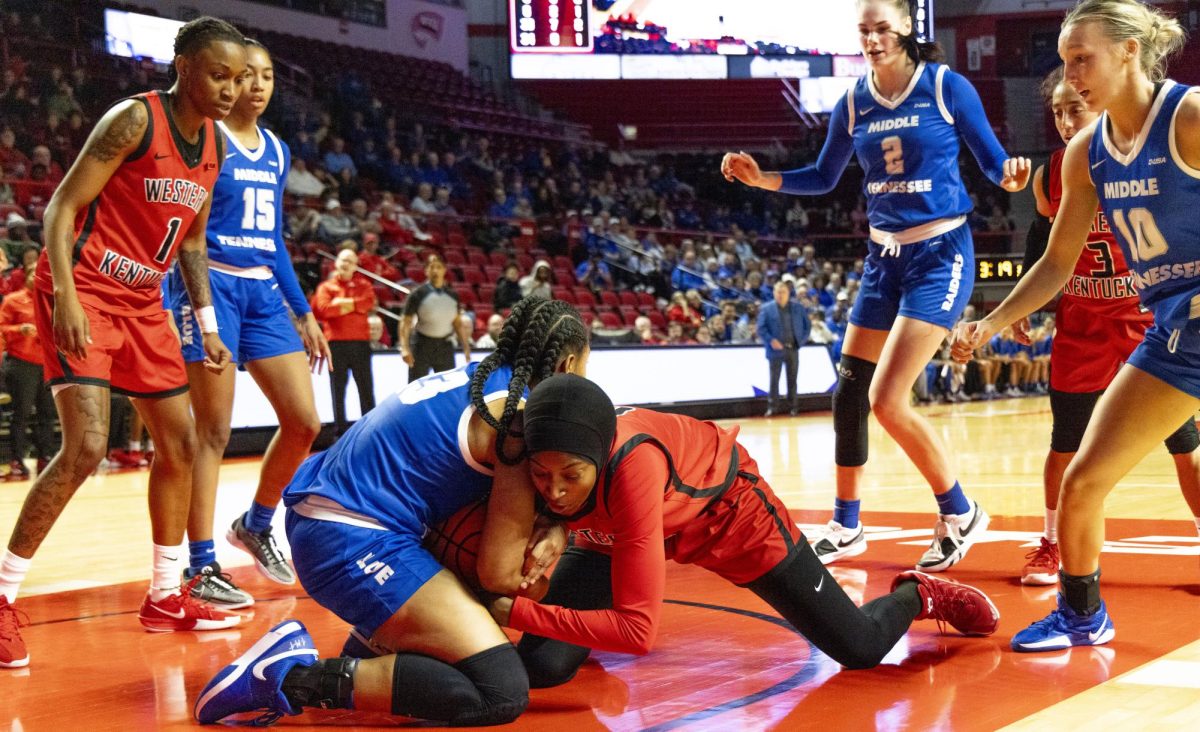WKU adjusting benchmark institutions
October 18, 2011
After more than a decade of use, WKU is looking to update the list of benchmark institutions.
Benchmark institutions supply the university with a basis for comparison and a tool for creating goals and calculating performance.
President Gary Ransdell said the Council on Postsecondary Education put the current benchmark list in place more than a decade ago.
At the time, the funding model for the higher education budget in Kentucky was based on comparative data that the CPE had collected on what it considered to be peer institutions.
According to the 2011 WKU Factbook, this list is made up of WKU and 19 other universities in 14 states, including Ball State University, Indiana State University and Middle Tennessee State University.
This model was discontinued after a few years by the CPE, but WKU continued to use the benchmarks.
“We didn’t necessarily agree with all those benchmarks,” Ransdell said. “We felt like they weren’t aspirational enough. They were too much of a peer group rather than a group we were inspired and driven to compare with.”
Now, as the university works on implementing a new strategic planning process for 2012 through 2017, Ransdell has asked the Office of Institutional Research to identify a new list of benchmark institutions.
“We’d like to see a new set of benchmarks that’s more aspirational and more relevant to the progress we’ve made over the past dozen years,” Ransdell said.
Doug McElroy, associate vice-president for Academic Enrichment and Effectiveness, said the office has begun analysis to look at what the benchmarks should be going forward.
McElroy said it is important to re-evaluate an institution over time, especially when a new strategic planning process is underway.
“It allows you to see where you are right now, try to determine where you might like to go and therefore what it would take to get there,” he said.
McElroy said WKU looks really good in comparison to the current benchmarks.
Of the 20 total universities, WKU had the seventh highest undergraduate enrollment in fall 2010 and seventh highest number of full-time faculty members, with a student-to-teacher ratio of 19 to 1.
“We come out very competitive on most, if not all, the variables we looked at,” McElroy said.
The new set of benchmark institutions will be presented in the 2012 Fact Book.






